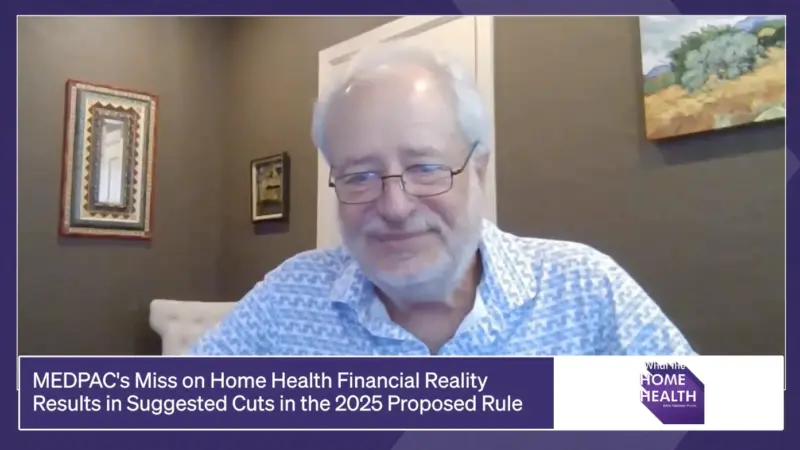Improving Brain Tumor Segmentation at the Edge
Intel’s Abhishek Khowala, principal health AI engineer, and Séverine Habert, AI engineering manager, discuss some of the enhancements in brain tumor segmentation for enabling diagnosis.
While most brain tumors are benign, early detection is critical for the best treatment options and outcomes. Assessing a diagnosis starts with MRI 2D and 3D imaging. Segmentation of the brain tumor – or separating the tumor from normal brain tissues – is essential to identifying three key factors to allow doctors to move forward:
- Is the tumor benign or malignant?
- The approximate tumor size and location.
- Plan out the treatment options.
“We need to segment out the tumor from the rest of the tissues around it,” Khowala says. “For that, there is the unit model. And that architecture works with fewer amounts of data yet provides a clearer segmentation result.”
The brain tumor segmentation (BraTS) combined with OpenVINO™ toolkit could optimize MRI results during tumor detection and monitoring. “Since this is something that has to happen worldwide, we need to deploy it at scale,” Khowala explains. Scaling requires overcoming a few challenges. Utilizing OpenVINO erases issues of high-cost GPU required for deploying AI solutions or perceived performance limitations of common frameworks such as PyTorch or TensorFlow. “Brain tumor segmentation is a perfect example of applying the most common architecture and using it for multiple devices from edge to handheld devices,” Habert adds.
For optimized AI, the provided data must be robust, which is not an easy task. According to Khowala, Expert radiologists are required to interpret the MRI images to get to the ground truth data. BraTS helps predict results and compare accuracy with provided ground truth results using the Sørensen–Dice coefficient datasets. Once the data is available, modeling can take place and assist medical professionals in their diagnosis.
Learn more about brain tumor segmentation solutions by connecting with Abhishek Khowala and Séverine Habert on LinkedIn or visit:
https://www.intel.com/content/www/us/en/healthcare-it/healthcare-overview.html.
Subscribe to this channel on Apple Podcasts, Spotify, and Google Podcasts to hear more from the Intel Internet of Things Group.







